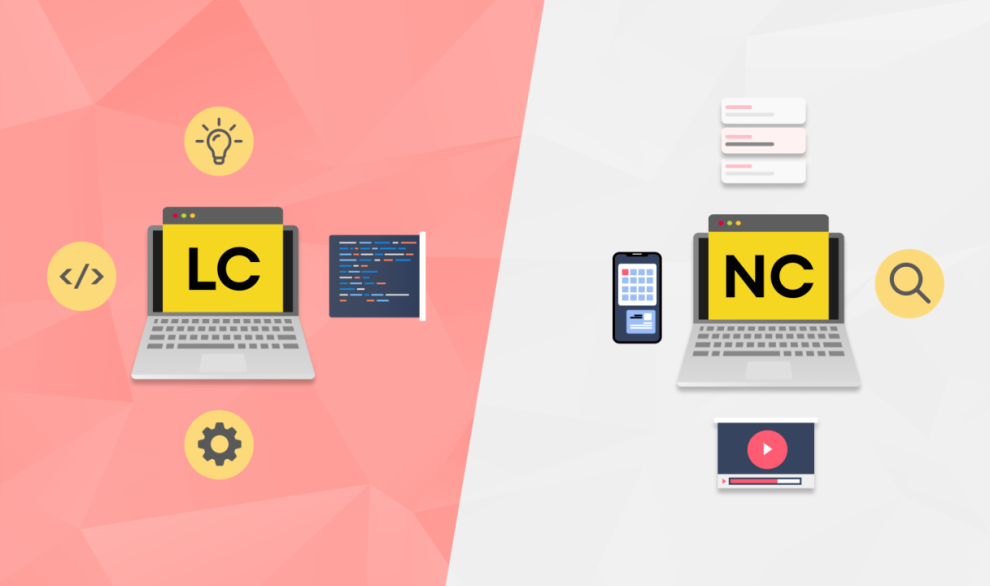The world of software development is undergoing a revolution. No longer is it the sole domain of programmers hunched over lines of code. Low-code/no-code (LCNC) platforms are emerging as powerful tools that empower anyone, regardless of technical expertise, to build their own applications.
What are LCNC Platforms?
LCNC platforms provide visual drag-and-drop interfaces and pre-built components that allow users to build applications without writing a single line of code. Think of it like building with Legos – you snap together pre-made blocks to create something functional and even beautiful.
Why is this Such a Big Deal?
The benefits of LCNC platforms are numerous:
- Democratization of app development: LCNC platforms make app creation accessible to everyone, not just programmers. This opens up a world of possibilities for entrepreneurs, businesses, and even individuals who have great ideas but lack the coding skills to bring them to life.
- Faster development: Building apps with LCNC platforms is significantly faster than traditional coding. This means you can get your idea to market quicker, capitalize on opportunities, and iterate on your app more rapidly.
- Reduced costs: Hiring professional developers can be expensive. LCNC platforms offer a more cost-effective way to build apps, making it easier for startups and small businesses to compete.
- Improved user experience: LCNC platforms often come with pre-built features and functionalities that are designed to be user-friendly and intuitive. This can lead to apps that are easier for users to learn and use.
Who is Using LCNC Platforms?
A wide range of people are using LCNC platforms, including:
- Businesses: Businesses are using LCNC platforms to build internal tools, customer-facing applications, and even mobile apps.
- Entrepreneurs: Entrepreneurs are using LCNC platforms to prototype their ideas, build MVPs (minimum viable products), and launch their businesses.
- Individuals: Individuals are using LCNC platforms to build personal projects, automate tasks, and even create side hustles.
Examples of Popular LCNC Platforms
- Bubble: A popular platform for building web applications with a focus on design and user experience.
- Appian: A platform for building enterprise-grade applications with a focus on security and scalability.
- Microsoft Power Apps: A platform from Microsoft that integrates with other Microsoft products and services.
- OutSystems: A platform that offers a wide range of features and functionalities for building complex applications.
- Webflow: A platform for building websites with a focus on design and visual appeal.
The Future of LCNC
The future of LCNC is bright. As the technology matures and becomes more user-friendly, we can expect to see even more people using LCNC platforms to build apps. This could lead to a significant shift in the software development landscape, with LCNC platforms becoming mainstream tools for building all kinds of applications.
Get Started with LCNC Today
If you’re interested in learning more about LCNC platforms and how you can use them to build your own apps, there are a number of resources available. Many LCNC platforms offer free trials, so you can try them out before you commit. There are also a number of online courses and tutorials that can teach you how to use LCNC platforms effectively.
So what are you waiting for? Start exploring the world of LCNC and see what you can create!
















Add Comment